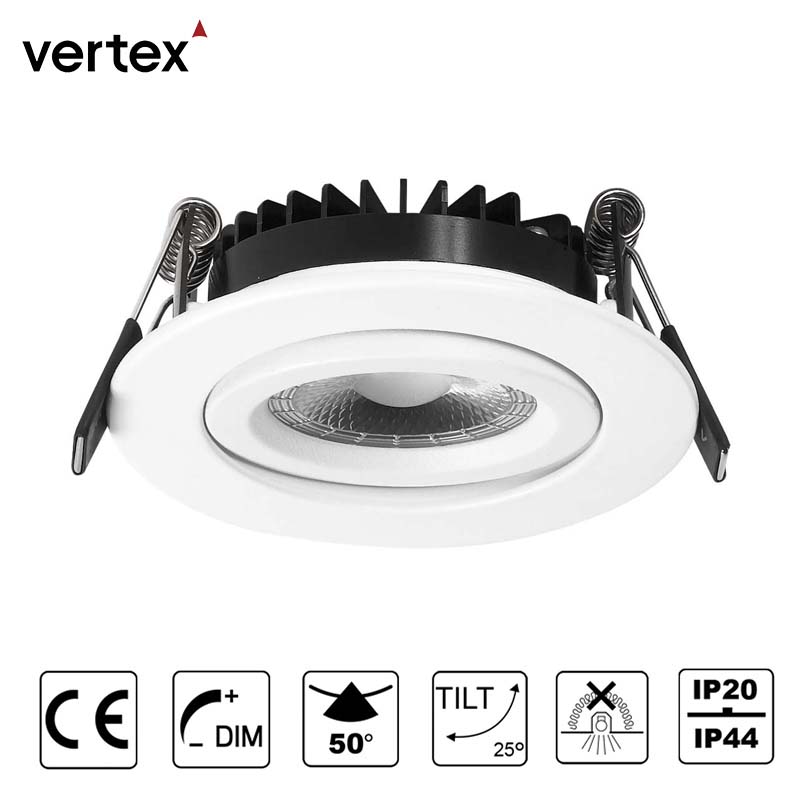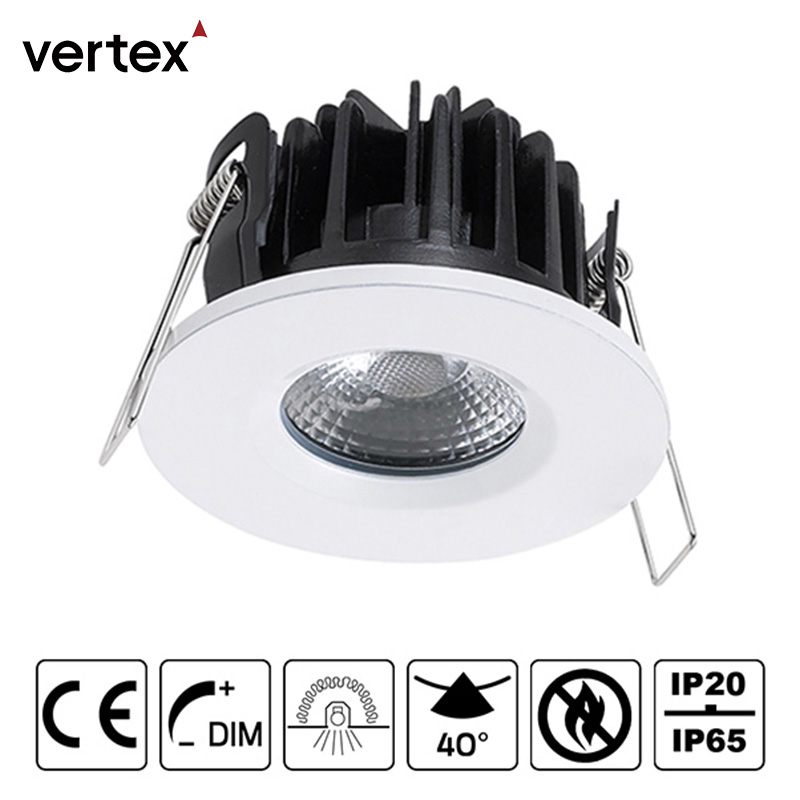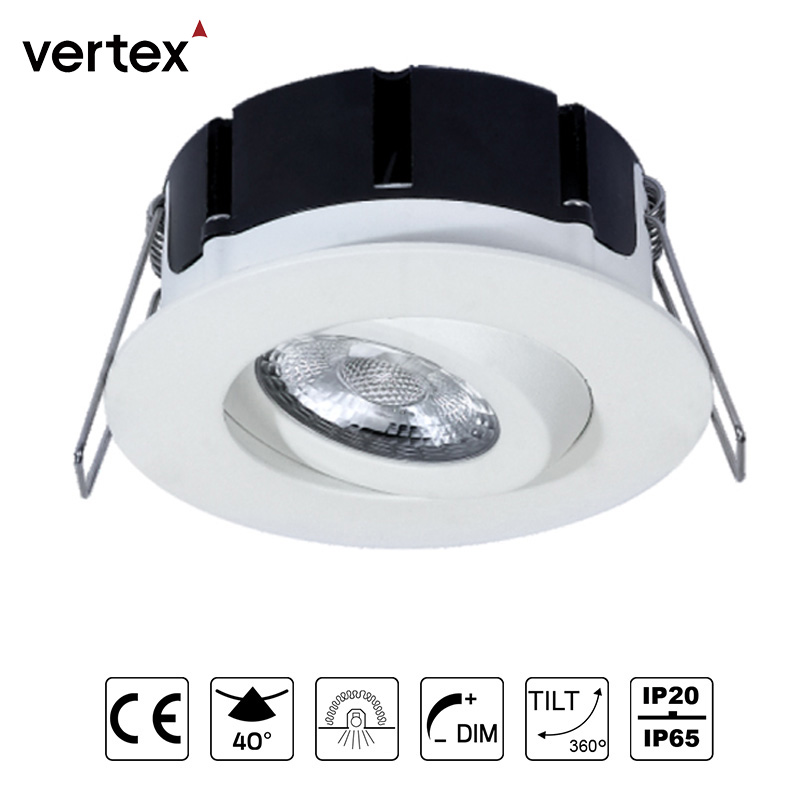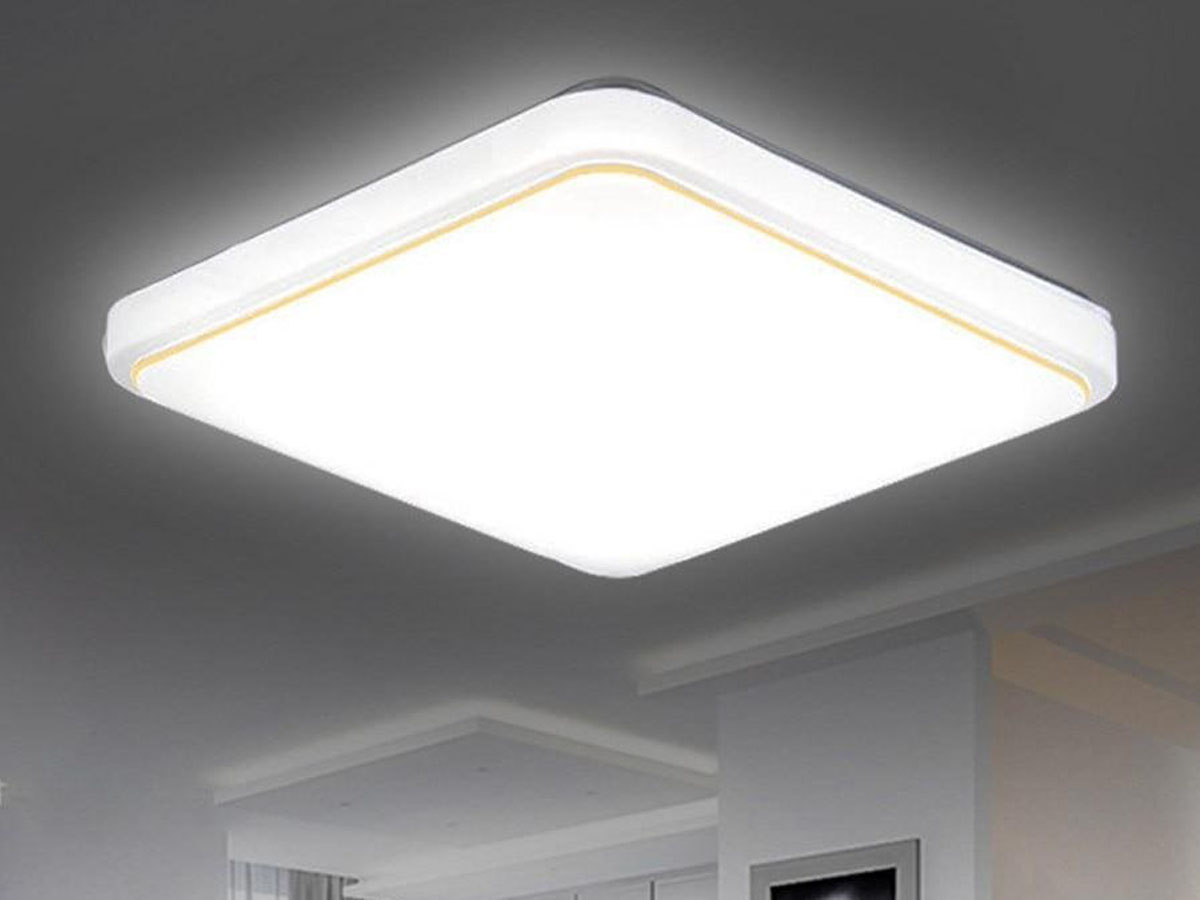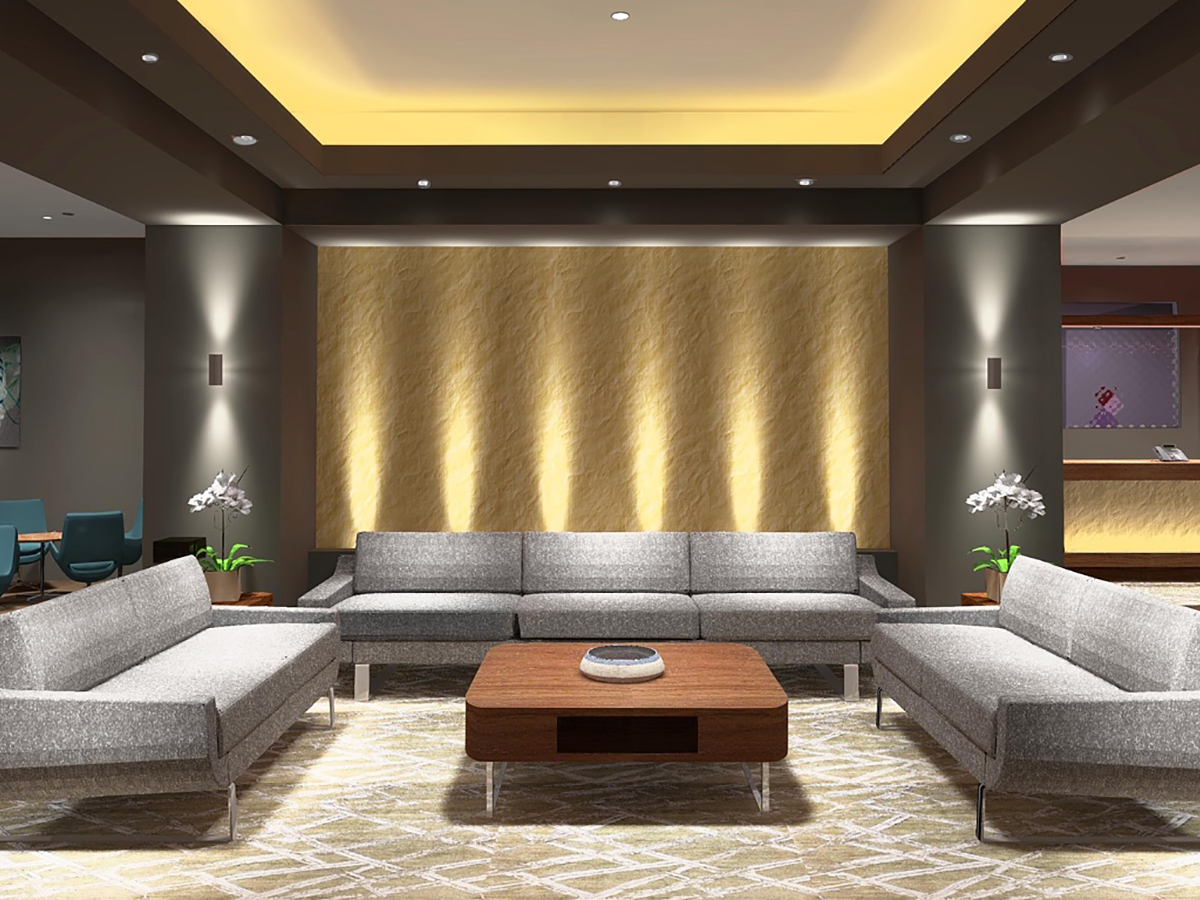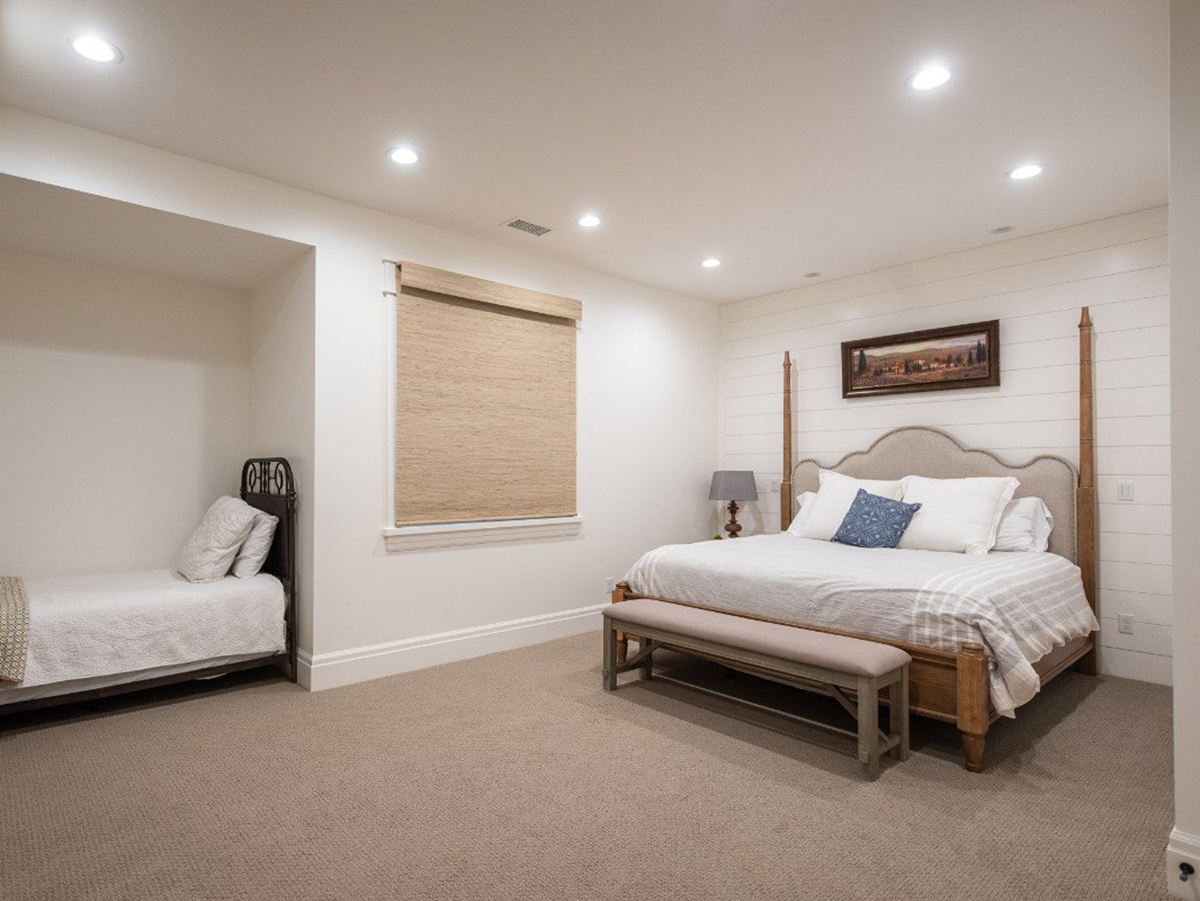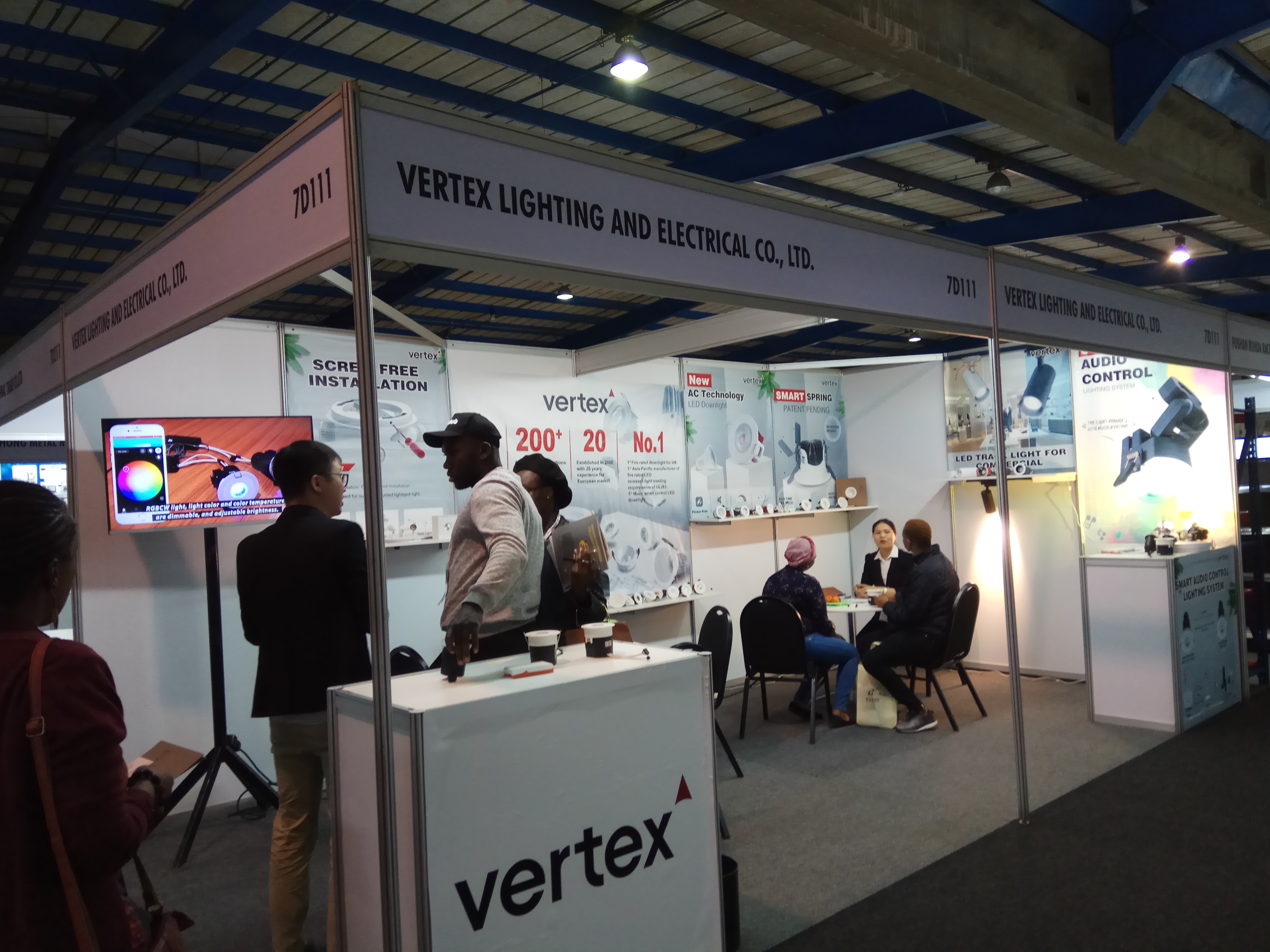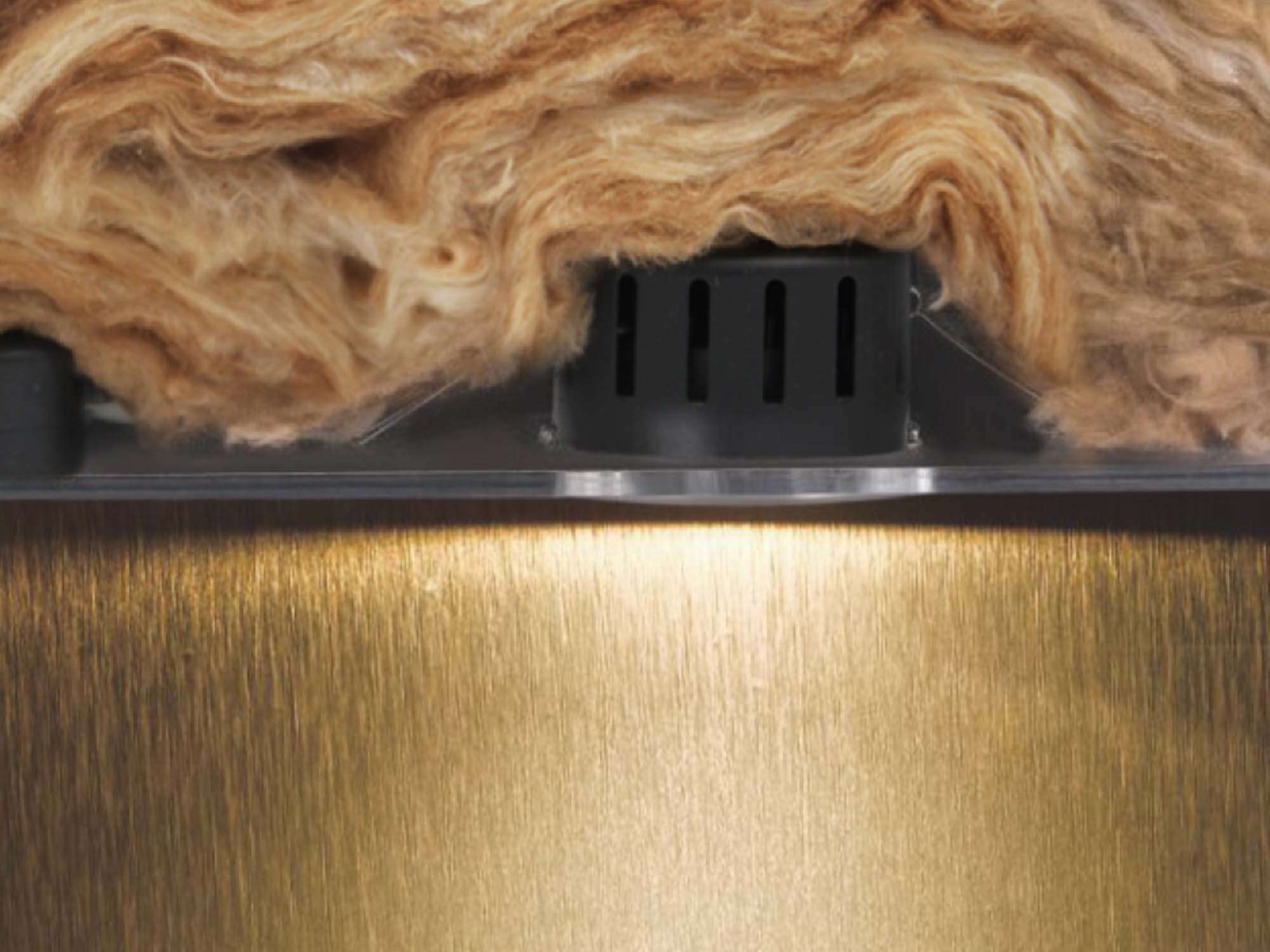Energy Efficiency
One of the most prominent advantages of LED downlights is their exceptional energy efficiency. Compared to traditional lighting sources such as incandescent or fluorescent bulbs, which waste a considerable amount of energy as heat, LED downlights convert a greater percentage of electricity into visible light. This efficiency translates into lower energy consumption and reduced electricity bills for homeowners and businesses alike.LED downlights typically consume up to 80% less energy than incandescent bulbs and about 50% less energy than fluorescent tubes while providing the same level of brightness. Furthermore, LED technology provides for exact control over light direction and intensity, which improves energy efficiency by removing unneeded illumination.
Longevity
LED downlights are renowned for their longevity, outlasting traditional lighting options by a considerable margin. The usual lifespan of an LED downlight is 25,000 to 50,000 hours or more, depending on product quality and usage habits. In comparison, incandescent bulbs typically last around 1,000 hours, and fluorescent tubes last approximately 8,000 to 10,000 hours.The extended lifespan of LED downlights not only reduces the frequency of replacements but also lowers maintenance costs and minimizes waste. Because of their endurance, LED downlights are an excellent choice for installations in hard-to-reach or high-ceiling situations where frequent bulb replacement is impractical or difficult.
Environmental Sustainability
Another significant advantage of LED downlights is their environmental sustainability. Unlike older lighting technologies that include hazardous compounds such as mercury, LEDs are free of poisonous substances, making them safer to use and dispose of at the end of their useful life. Additionally, LED downlights produce significantly fewer greenhouse gas emissions during operation due to their reduced energy consumption.Furthermore, the longevity of LED downlights contributes to a lower carbon footprint by decreasing the need for manufacturing, transportation, and disposal of replacement bulbs. As enterprises and individuals pursue sustainability, LED technology provides an environmentally responsible lighting option that is consistent with green programs and legislation.
Design Flexibility
LED downlights provide exceptional design versatility, enabling customization and adaption to a wide range of architectural and interior design requirements. Unlike traditional lighting fixtures that emit light in all directions, LED downlights produce directional illumination, enabling precise control over beam angles and distribution patterns.Furthermore, LED downlights are available in a wide range of shapes, sizes, and color temperatures, allowing users to create the desired ambiance and aesthetic effect in residential, commercial, and hospitality settings. Whether illuminating a workspace, accentuating architectural features, or highlighting retail displays, LED downlights offer versatile lighting solutions tailored to specific needs and preferences.
Instantaneous Lighting
Unlike some traditional lighting sources that require warm-up time to reach full brightness, LED downlights provide instantaneous illumination with no delay or flickering. This instant-on capability is especially useful in areas that require quick and reliable lighting, such as emergency exits, security lighting, and motion-activated fixtures.Furthermore, LED downlights are unaffected by frequent on/off cycles, making them ideal for applications that require frequent control or dimming. The ability to adjust brightness levels dynamically not only enhances user comfort and convenience but also contributes to further energy savings by optimizing light output based on actual requirements.
